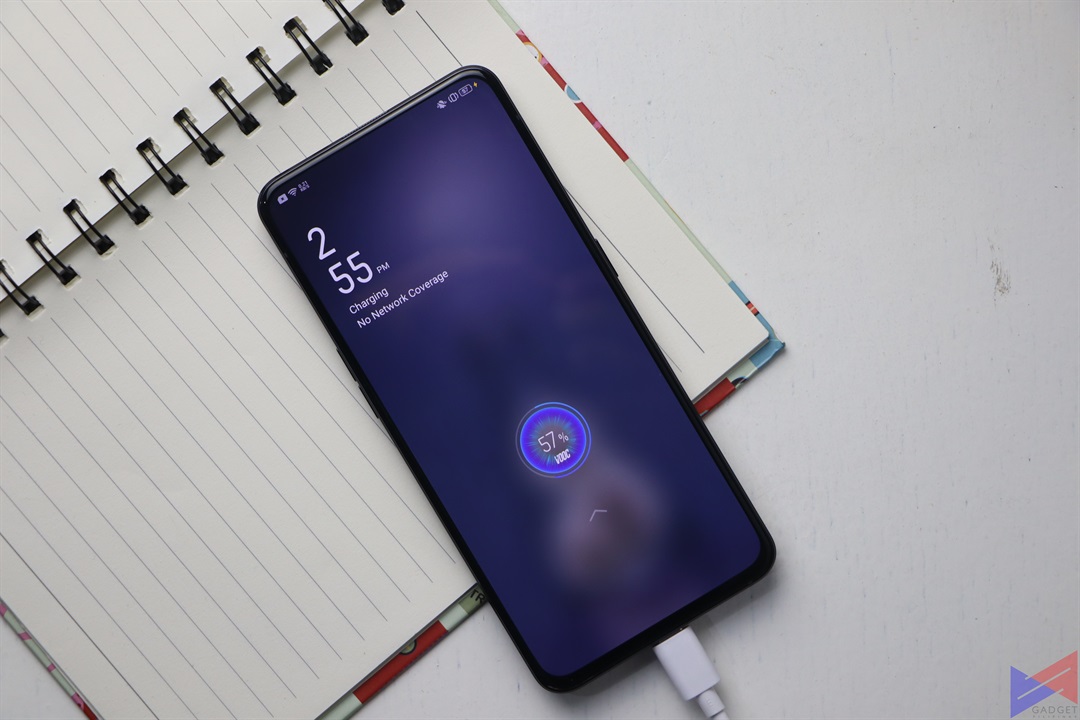The OPPO Reno marked a big shift in OPPO’s strategy of reaching for the more premium market as a brand in the Philippines. In fact, the device did have a lot of good things going for it. It held its own in gaming, it had great battery life, its cameras were well-rounded, and the its zooming capabilities were also decent.
However, as good as it was, there were a number things that could’ve been done better. The screen protector and case it had easily caught a ton of scratches, it missed out on a wide-angle shooter, and I thought the price was a bit too steep for what it offered.
Now though, a new version of the Reno has arrived, and while Reno2 looks almost exactly the same as the first, it does have a few new tricks up its sleeve that make it a seemingly better option especially for content creators.
Look and Feel
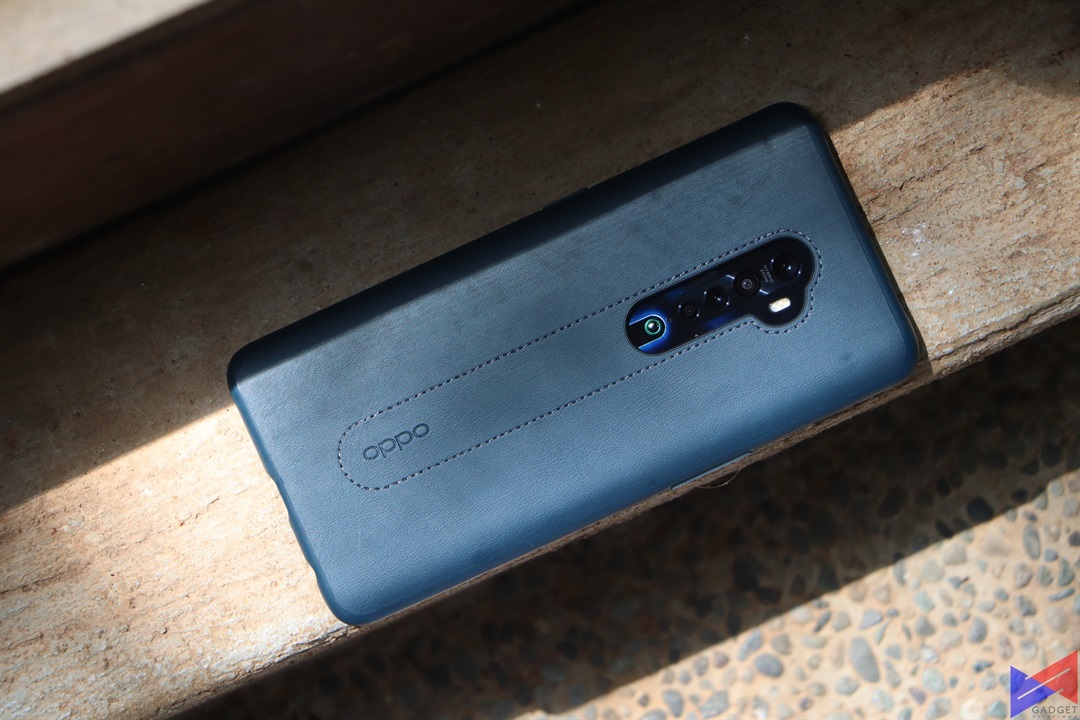 While slightly taller and thicker than the first Reno, the Reno2 is still fairly easy to use with one hand, especially with the case on.
While slightly taller and thicker than the first Reno, the Reno2 is still fairly easy to use with one hand, especially with the case on.
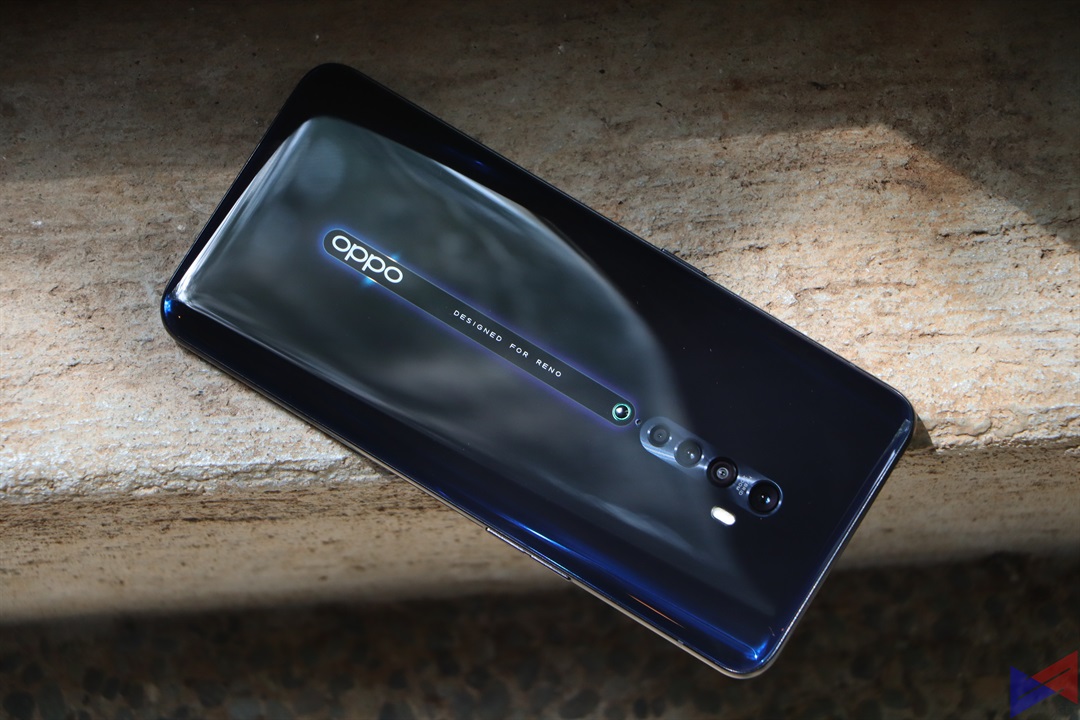 Bare, the back panel is still a shiny smudge magnet. Despite now having four shooters, the camera module doesn’t protrude, and you still get that O-dot to make sure it stays flat on any surface without wobbling.
Bare, the back panel is still a shiny smudge magnet. Despite now having four shooters, the camera module doesn’t protrude, and you still get that O-dot to make sure it stays flat on any surface without wobbling.
The branding has also been changed, and now has more emphasis.
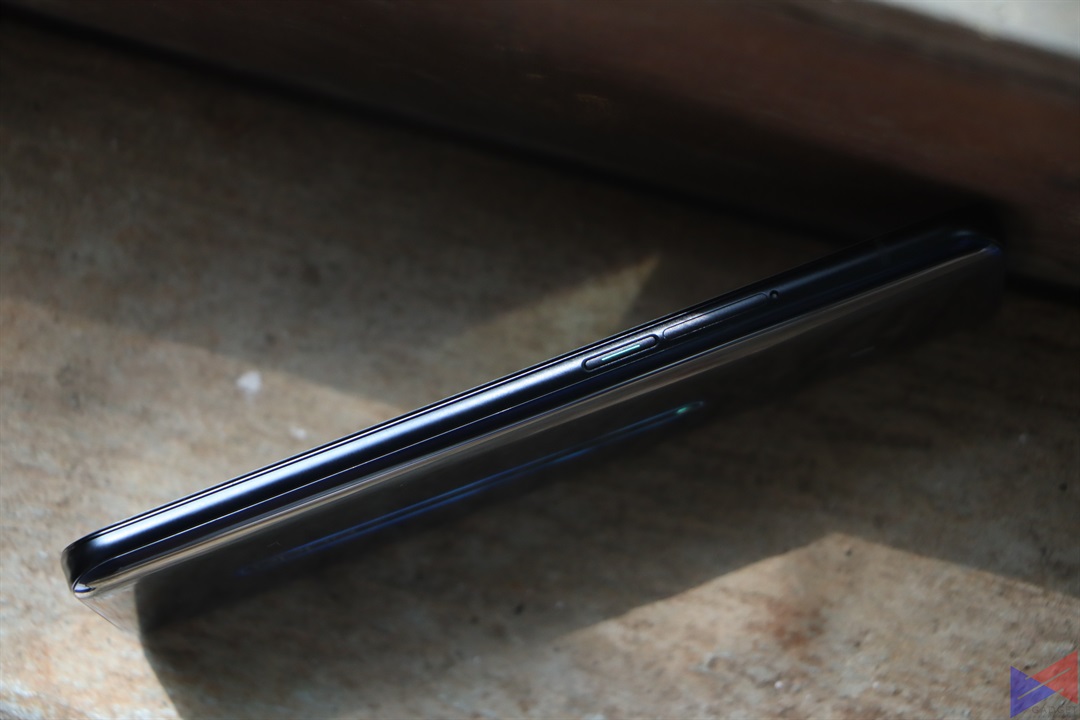 As for button placement, it’s Power and Hybrid SIM Tray on left, and volume rocker on the right.
As for button placement, it’s Power and Hybrid SIM Tray on left, and volume rocker on the right.
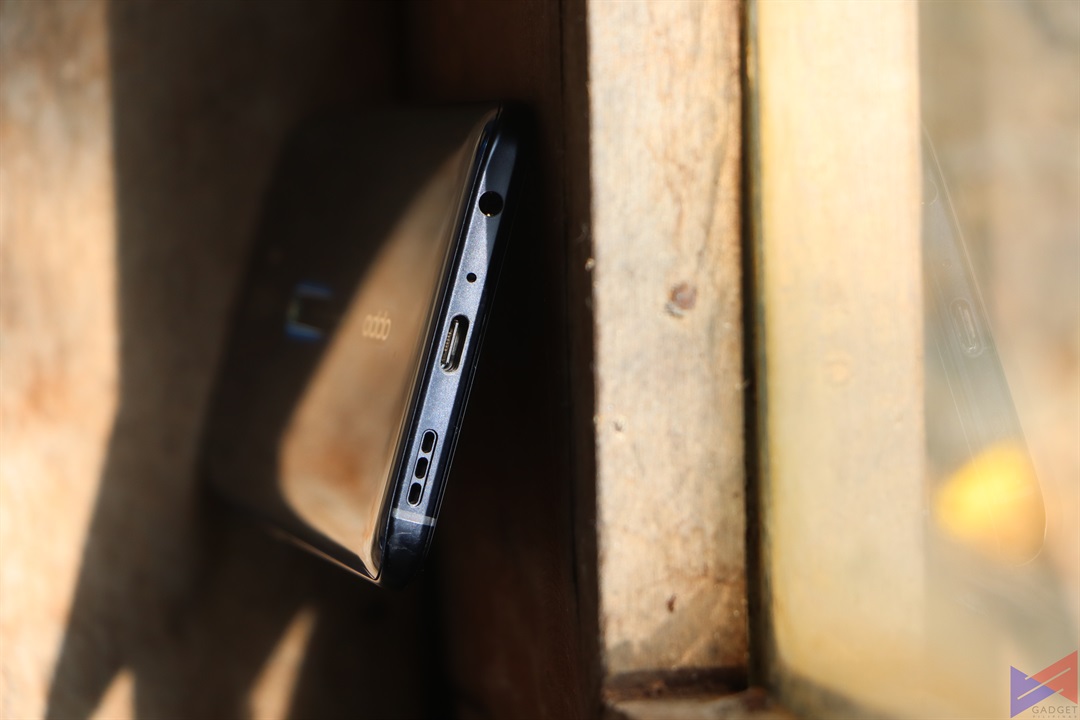 At the bottom, you still get a USB-C port, along with a headphone jack, microphone and speaker grill.
At the bottom, you still get a USB-C port, along with a headphone jack, microphone and speaker grill.
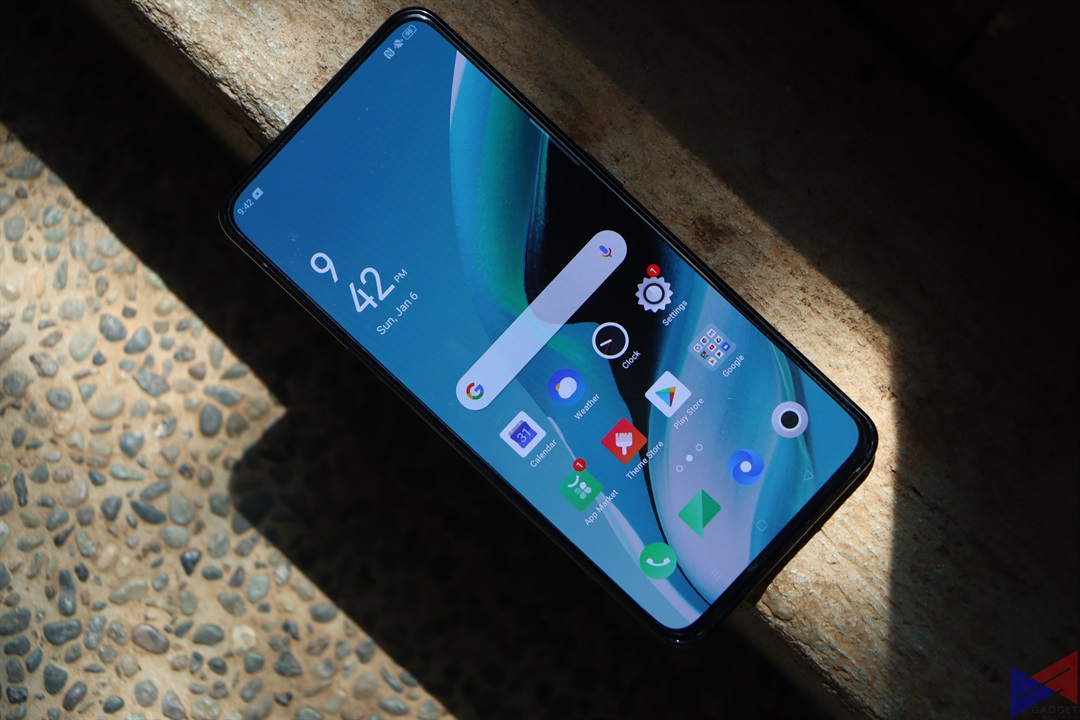 The screen was one of the best I’ve seen on a mid-rangeer, and the Reno2 doesn’t disappoint. It packs a 6.5-inch AMOLED display with Full HD+ resolution, a screen-to-body ratio of 93.1% and a pixel density of 401 ppi. As you’d expect, colors on this screen really pop-out, text is amazingly sharp, brightness is more than ample, and so as visibility in direct sunlight.
The screen was one of the best I’ve seen on a mid-rangeer, and the Reno2 doesn’t disappoint. It packs a 6.5-inch AMOLED display with Full HD+ resolution, a screen-to-body ratio of 93.1% and a pixel density of 401 ppi. As you’d expect, colors on this screen really pop-out, text is amazingly sharp, brightness is more than ample, and so as visibility in direct sunlight.
Like the first Reno, OPPO opted for an in-display fingerprint solution to achieve a full-screen design.
Performance
One of the major upgrades to the Reno2 is the Snapdragon 730G – The chip that runs the likes of the Mi 9T Pro, the Samsung Galaxy A80, and the realme X2.
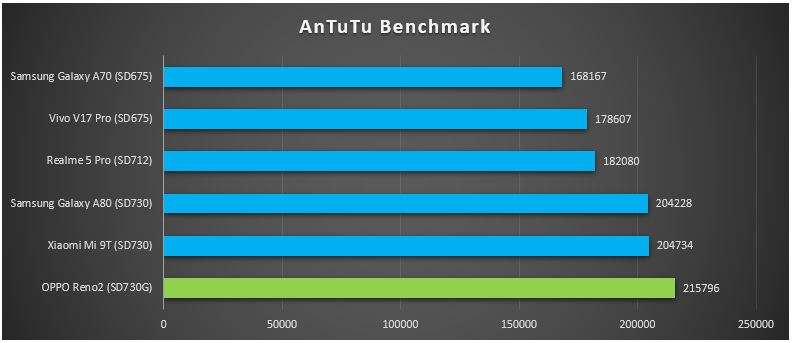 Reno2 listed an impressive score in AnTuTu, pulling slightly ahead of other devices that have the same SoC. As such, we expect great overall performance from this device, whether be it in general use, or in gaming.
Reno2 listed an impressive score in AnTuTu, pulling slightly ahead of other devices that have the same SoC. As such, we expect great overall performance from this device, whether be it in general use, or in gaming.
Speaking of which, we tried playing CoD Mobile on the Reno2, as this is one of today’s most popular titles, and the phone ran the game smooth and fluid even in Max settings in a regular 5 vs 5 mode. (Bloom and AA off).
Camera
The first Reno’s cameras were more than decent, but it lacked a wide-angle lens, which in turn reduced its overall adaptability to various shooting conditions.
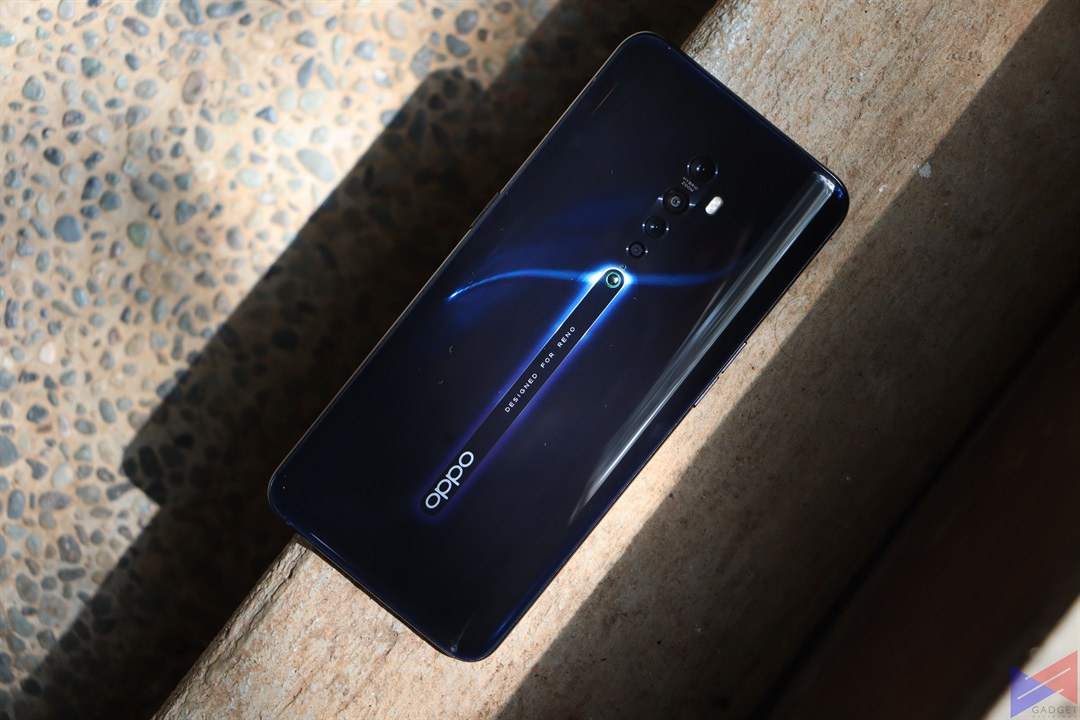 Well, you’ll be happy to know that the Reno2 addresses that issue and adds a lot more to the mix. That’s because it now has four cameras at the back, including one telephoto, one wide angle, and one monochrome.
Well, you’ll be happy to know that the Reno2 addresses that issue and adds a lot more to the mix. That’s because it now has four cameras at the back, including one telephoto, one wide angle, and one monochrome.


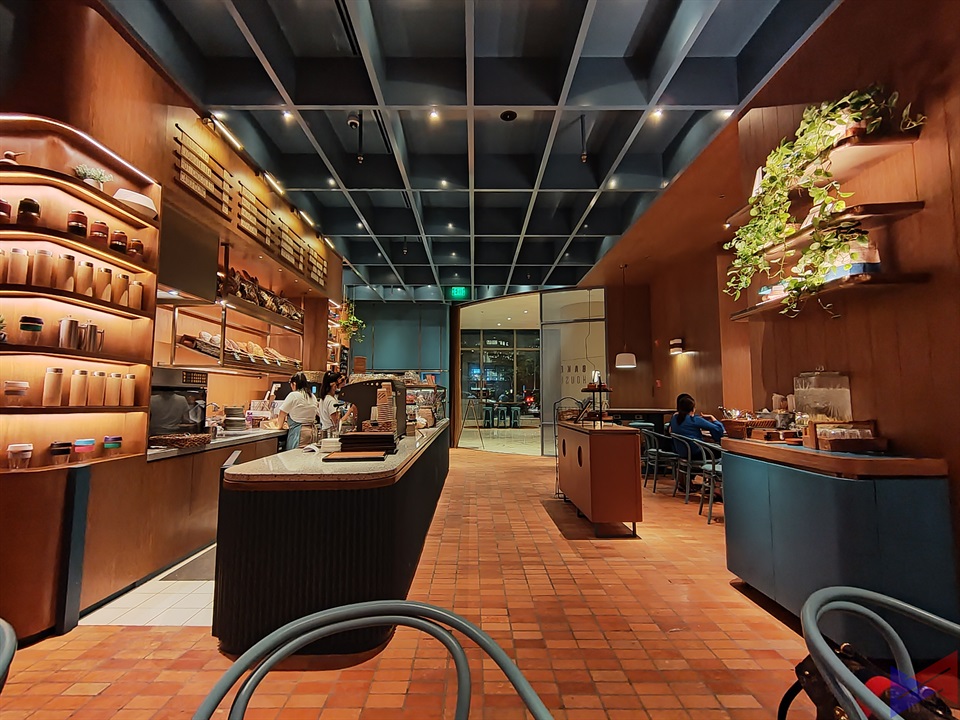
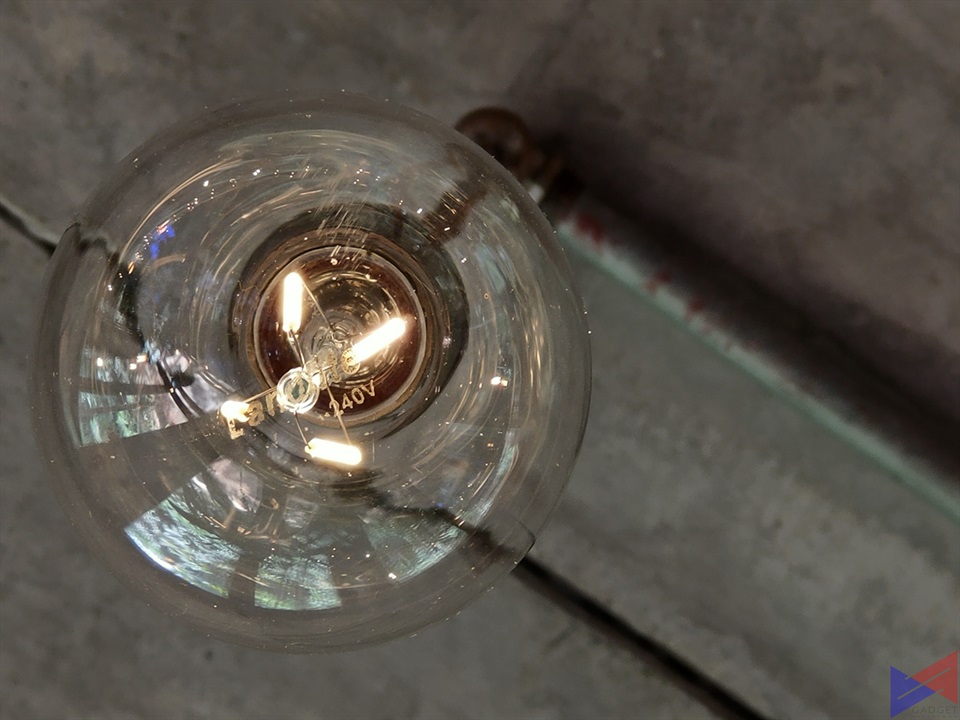
 Quality-wise, day shots offer a ton of detail, sharp edges, and good dynamic range. Bokeh shots also show good separation between subject and background, though a bit of unnecessary smudging can be seen on some edges.
Quality-wise, day shots offer a ton of detail, sharp edges, and good dynamic range. Bokeh shots also show good separation between subject and background, though a bit of unnecessary smudging can be seen on some edges.
 A dedicated Night mode allows the Reno2 to capture fantastic looking low-light shots with great detail.
A dedicated Night mode allows the Reno2 to capture fantastic looking low-light shots with great detail.

 Reno2 also uses the same shark fin design for its popup camera, which is something I really loved about the first Reno. This one? I’m pleased with the results. Selfies look detailed with decent accuracy and edge-detection.
Reno2 also uses the same shark fin design for its popup camera, which is something I really loved about the first Reno. This one? I’m pleased with the results. Selfies look detailed with decent accuracy and edge-detection.
One of the main attractions for this device is Ultra Steady, which literally minimizes shakes in your video. It can only be used for the main rear camera, and only works when recording up to 1080p 60fps videos.
The good this is that it’s not a gimmick of some sort, and actually works well. From the sample above, you’ll immediately be able to spot the staggering difference, though it obviously has a threshold, as there are still some parts that are jittery.
Another new feature of this phone is its 20x Digital Zoom, which I’d say is actually quite decent in quality. At 20X, there’s still an acceptable amount of detail, though noise level is evidently high as well.
Software
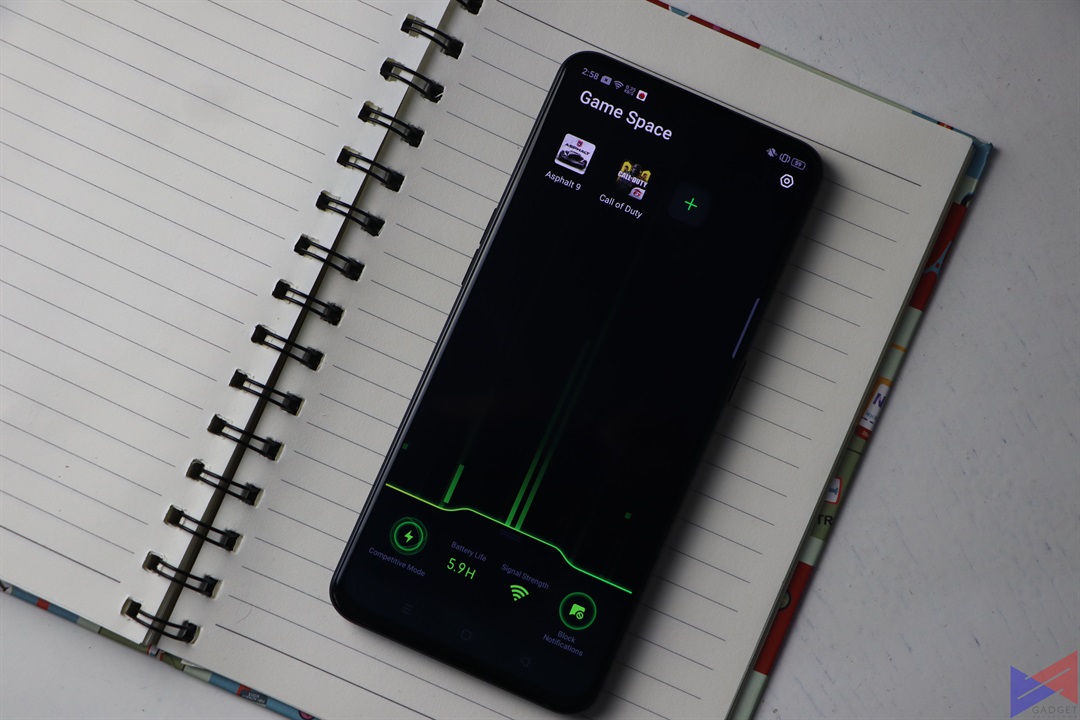 Reno2 runs on ColorOS 6.1 on top of Android 9 Pie. Performance wise, navigating the UI is buttery smooth with no lags or stutters. You get the usual features like Game Space the In-Game assistant, which allows you to record your gameplay with just a few taps.
Reno2 runs on ColorOS 6.1 on top of Android 9 Pie. Performance wise, navigating the UI is buttery smooth with no lags or stutters. You get the usual features like Game Space the In-Game assistant, which allows you to record your gameplay with just a few taps.
There’s also Hyper Boost 2.0, which combines Frame Boost and Touch Boost for better touch responsiveness and generally improved performance in games.
Battery
Another notable upgrade for the Reno2 is its battery, which is now at 4,000mAh capacity compared to 3,765mAh on the first Reno. It supports VOOC 3.0 Flash Charge, which allows the battery to be charged to
Looking Ahead
So far, we know that the OPPO Reno2 does perform well as a daily driver and in CoD Mobile, but what about other games? we also know that its quad cameras are indeed very versatile, but up to what extent?, it’s powerful, yes. But is there a trade-off in battery life?
More benchmarks, more gaming tests, more camera samples, a battery test, and a deep dive into the software. There’s still a lot for us to do before we can give the OPPO Reno2 a proper score. Oh, and it actually has features like Bokeh Effect Video and Audio Zoom, which we also can’t wait to try out!
For now though, it looks like OPPO has, so far done a great job of covering each base. The Reno2 is shaping up to be a proper mid-range device.
OPPO Reno2 Series Specifications
| Reno2 | Reno2 F | |
| Display | 6.5″ FHD+ AMOLED | 6.5″ FHD+ AMOLED |
| Processor | Snapdragon 730G | Helio P70 |
| RAM | 8GB LPDDR4X | 8GB |
| Storage | 256GB UFS 2.1 | 128GB |
| Rear Camera | 48MP + 13MP + 8MP + 2MP | 48MP + 8MP + 2MP + 2MP |
| Front Camera | 16MP | 16MP |
| OS | Android 9 + ColorOS 6.1 | Android 9 + ColorOS 6.1 |
| Battery | 4,000mAh | 4,000mAh |
| Other Features | VOOC 3.0 Flash Charge | VOOC 3.0 Flash Charge |
| Ultra Dark Mode | Ultra Night Mode 2.0 | |
| Ultra Steady Video | Bluetooth 4.2 | |
| Bluetooth 5.0 | ||
| NFC |
Emman has been writing technical and feature articles since 2010. Prior to this, he became one of the instructors at Asia Pacific College in 2008, and eventually landed a job as Business Analyst and Technical Writer at Integrated Open Source Solutions for almost 3 years.


